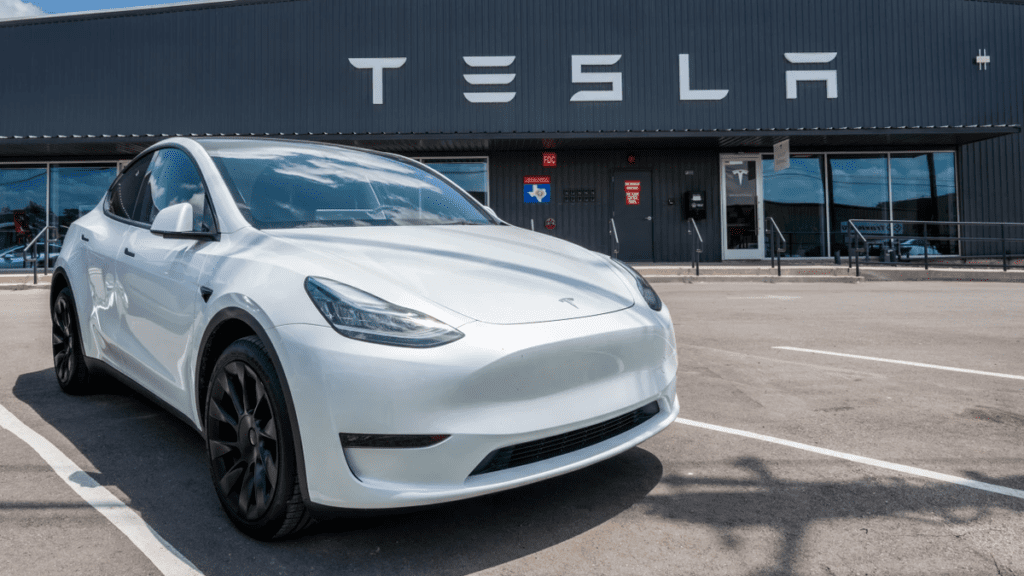Tesla US Electric Vehicle Market Share Continues To Drop

When Tesla first launched the Model S in 2012 the expensive electric pseudo-luxury sedan was sharing the American EV market with neighborhood vehicles and the Nissan Leaf. For much of the last decade, Tesla had a serious head start over other EV makers, though has rested on its laurels recently and allowed that head start to slip. The American EV company once held such an advantage and has seemingly fumbled the bag over the last few years. In addition to cooling growth, greater demand for competitive products is putting pressure on Tesla’s American EV sales and reducing the percentage of the market it owns.
2024 Acura Integra Type S | Jalopnik Reviews
In the first half of 2023 Tesla’s two larger models, the X and S, have seen sales dip significantly, despite serious facelifts to both. Model S registrations were down 51 percent in the first half of the year compared to the same period last year, selling just 9,743 examples. The Model X dropped 18 percent as well, according to a report from Automotive News. The company did see a 19 percent increase in Model 3 registrations and an impressive 95 percent growth in American Model Y registrations.
By the end of July Tesla had actually seen steady growth in sales, thanks to its less expensive models selling in volume, though the 21 percent increase year over year (largely carried by Model Y growth) is a much smaller number than the company has posted in the past. Other companies are gradually catching up to Tesla’s early lead, selling cars at significant growth numbers year over year. For example, H1 2023 sales of Chevrolet’s Bolt EUV more than doubled from 11,774 units last year to 27,802. Similar growth in sales was experienced by the Volkswagen ID.4, and Hyundai Ioniq 5. Newer models like the BMW i4 and Rivian R1S saw exponential sales growth in 2023 as production ramped up.
According to data from Experian, Tesla’s share of the market is now just 58 percent, which is seven points down from what it was at this time last year. Considering the company spends zero budget on advertising and doesn’t have a PR team at all, it’s astonishing that the company is still experiencing model sales growth, but this could explain the dip in competitive reach. General Motors has been spending lots of money advertising its electric models, and Chevrolet has seen near three-fold growth in EV registrations across the first 8 months of 2023 compared to 2024. As a result, it now owns six percent of the EV market in the U.S. (admittedly still a small market to be fighting in at just under four percent of total registrations).
Ford’s share of that market also fell from 7.1 percent in 2022 to 5.3 percent this year, settling into third in the battle for American EV supremacy. Hyundai is fourth, BMW is fifth, and Rivian is sixth. There are just so many players in this space now who weren’t there last year or for the previous decade.
Tesla has enjoyed the spoils of being the early bird, but that advantage is waning. Will the company be forced to innovate in order to force additional growth? I’m beginning to believe the Cybertruck isn’t the shot in the arm Tesla needs it to be. Maybe it should actually be working on the $25,000 sub-Model-3 that it’s been promising for five years. Or maybe it should work on filling out its product lineup to actually compete with the competition.



